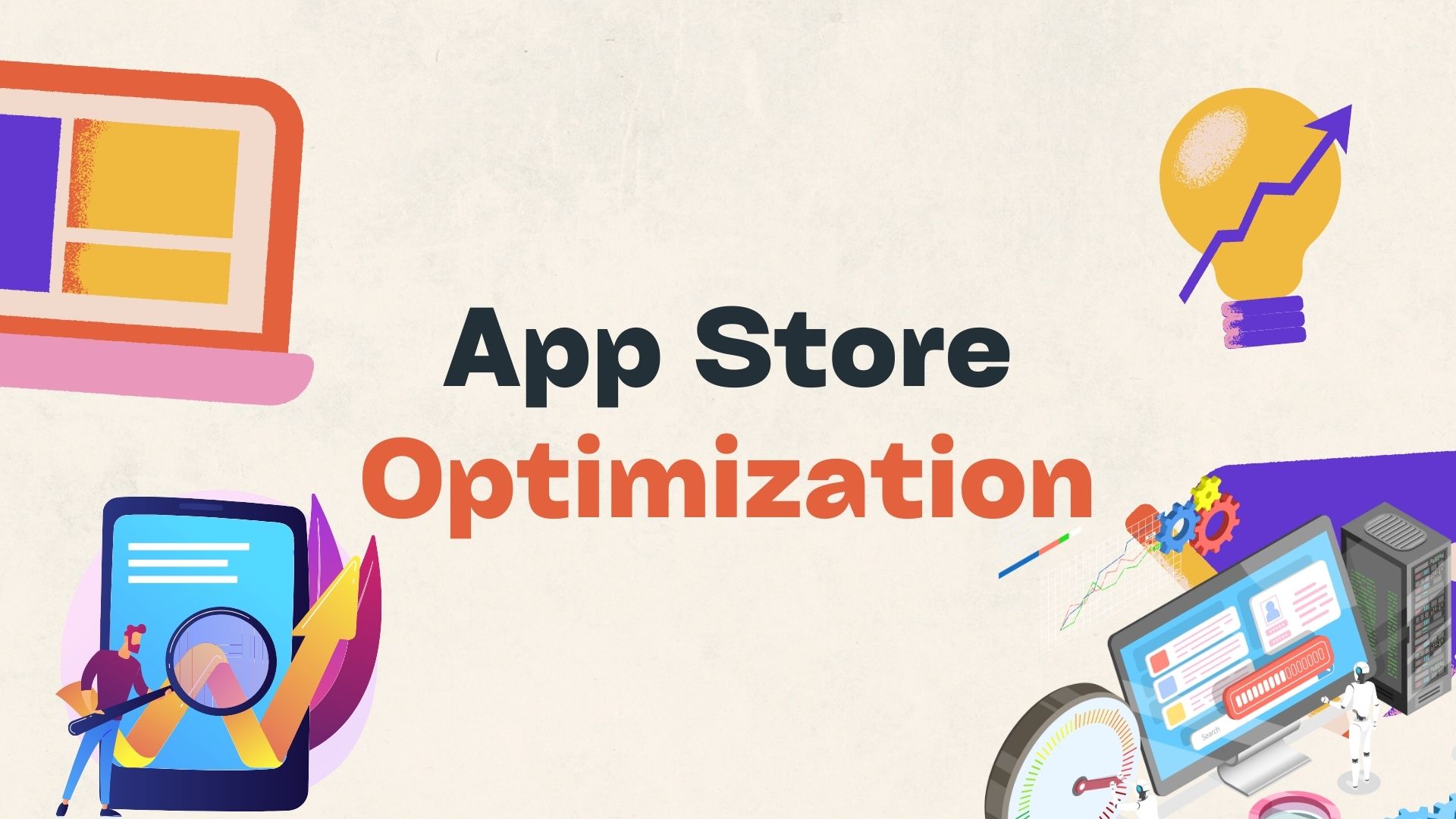Want Better Analytics? Put Sentiment Analysis in Context
As sentiment analysis continues to attract organizations’ strategic attention as an effective way to understand the customer, a new danger emerges – that organizations will simply gather up initial results and use them to fine-tune present strategies. For example, banks presently use initial examination of social-media sites such as Twitter to determine new areas in which to “invest” – in other words, to apply their usual methods of customer interaction, modified for social-media sites, to attract new customers with new features.
What’s wrong with such an approach? After all, it has seemed to work in the past. Successful financial firms or insurance companies did not get where they are today by failing their customers completely.
Yet reports from the agile marketing movement suggest that in many organizations, understanding of customers is more a matter of executive “impressions” than survey-based data. Moreover, CMOs (chief marketing officers) are discovering that these “impressions” of how customers interact with the business and how the organization is perceived in the market are not only misleading when implementing branding and customer loyalty, but are not widely shared within the organization.
How do you get all the organizational wood behind one strategic arrow when the arrow is poorly aimed and the wood won’t follow?
The solution is twofold:
Place sentiment analysis in context as part of gaining a deep understanding of the customer interaction and the organization’s value proposition. In other words, develop a model of ongoing buying that takes into account the type of customer, test it against reality via data comprising a 360-degree customer view, then use sentiment analysis to “stress test” the success of existing strategies for customer engagement.
Design feedback on sentiment analysis of customer-driven data so that results reach across the organization, including both executives and customer-facing representatives. This is often best done as part of an agile-marketing process. However, redesign of the information flow from Big-Data analytics to expand the range of information receivers (e.g., via a data virtualization solution) can be quite useful in this regard.
Sentiment Analysis Surprises
Initial efforts in this regard are yielding some surprising results. To name a few:
- Your biggest customer is not necessarily the best place to focus. These customers may be high maintenance, so that a smaller relationship can actually be more profitable.
- Complaints from loyal customers are not always the best place to focus. The most ardent “rooters” may be the ones who, once disappointed, will never be coaxed back.
- The customer interaction is a two-way street, and not all the value from the customer comes as money. A customer may value the organization’s listening to his or her product ideas, and the company can benefit from these if they are carefully managed. At its extreme, each new-product introduction can be an “agile” interaction with customers in which each takes a turn in moving the product design forward – so the company actually maximizes customer satisfaction and the urge to be loyal at full product introduction and afterward.
Sentiment Analysis Caveats
It is also worth keeping in mind some caveats about the sentiment analysis that is telling the company how it is coming across to the customer:
- It’s important to pick the right measure of sentiment, the right source of customer-sentiment data and the right portion of the market to target.
- It’s important to find tools that integrate well into the business intelligence or analytics tools used for developing the overall model and overall feedback.
- It’s important to relate the sentiment analysis to the customer-interaction stage up front, so that sentiment at one stage is not mistaken for the customer’s final judgment.
Sentiment analysis offers a real opportunity for many organizations to stop annoying customers with short-term sales strategies that treat these customers like easily manipulated dolls. No customer likes mis-targeted selling of “follow-on products,” such as repetitive bank offers of credit cards to uninterested customers who are forced to keep saying no to the same thing.
Such improvements can be worth their weight in sales gold – but the improvements will not come from short-sighted application of sentiment analysis without context to existing short-term sales strategies. Agile marketing has it right: Customer loyalty and the corporate bottom line benefit most from in-depth, interactive customer understanding for which sentiment analysis is a valuable tool, not a definitive answer.
Wayne Kernochan is the president of Infostructure Associates, an affiliate of Valley View Ventures that aims to identify ways for businesses to leverage information for innovation and competitive advantage. Wayne has been an IT industry analyst for 22 years. During that time, he has focused on analytics, databases, development tools and middleware, and ways to measure their effectiveness, such as TCO, ROI, and agility measures. He has worked for respected firms such as Yankee Group, Aberdeen Group and Illuminata, and has helped craft marketing strategies based on competitive intelligence for vendors ranging from Progress Software to IBM.

Wayne Kernochan has been an IT industry analyst and auther for over 15 years. He has been focusing on the most important information-related technologies as well as ways to measure their effectiveness over that period. He also has extensive research on the SMB, Big Data, BI, databases, development tools and data virtualization solutions. Wayne is a regular speaker at webinars and is a writer for many publications.



